The Forbidden City in Beijing, China, used to be home to the imperial court between 1420 and 1912. Today, it is a national museum that houses more than 1.8 million precious cultural relics.
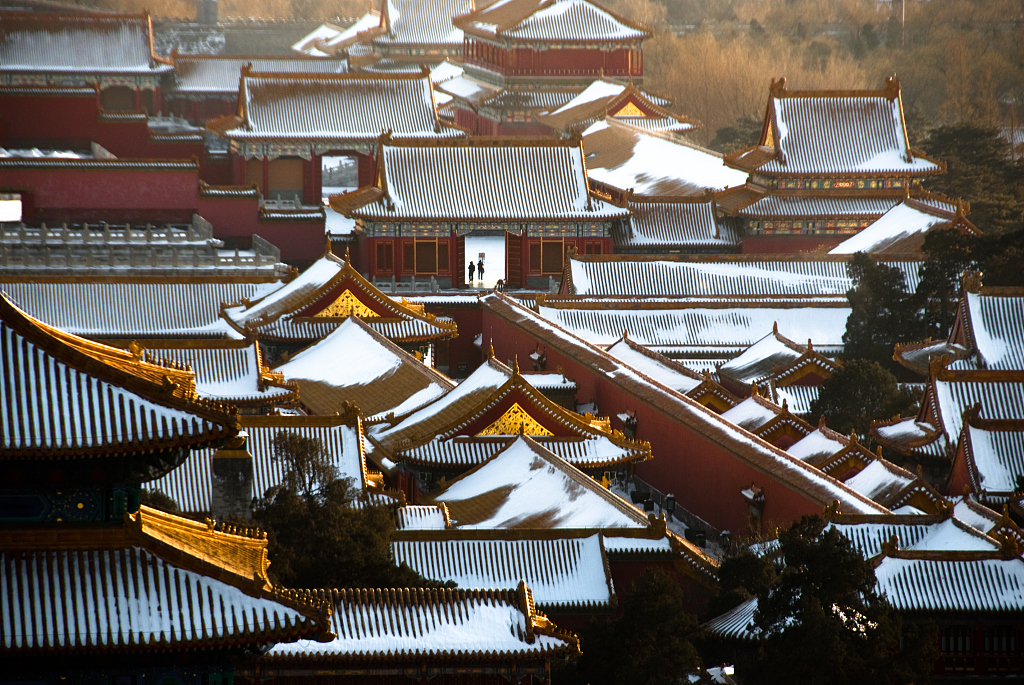
The view of the Forbidden City.
The view of the Forbidden City.
2020 marks the 600th anniversary of the Forbidden City. A series of exhibitions covering paintings and calligraphy are going to be held throughout the year. Besides being a cultural icon, the Forbidden City is also home to animals, including cats and crows.
Guard cats of the Forbidden City
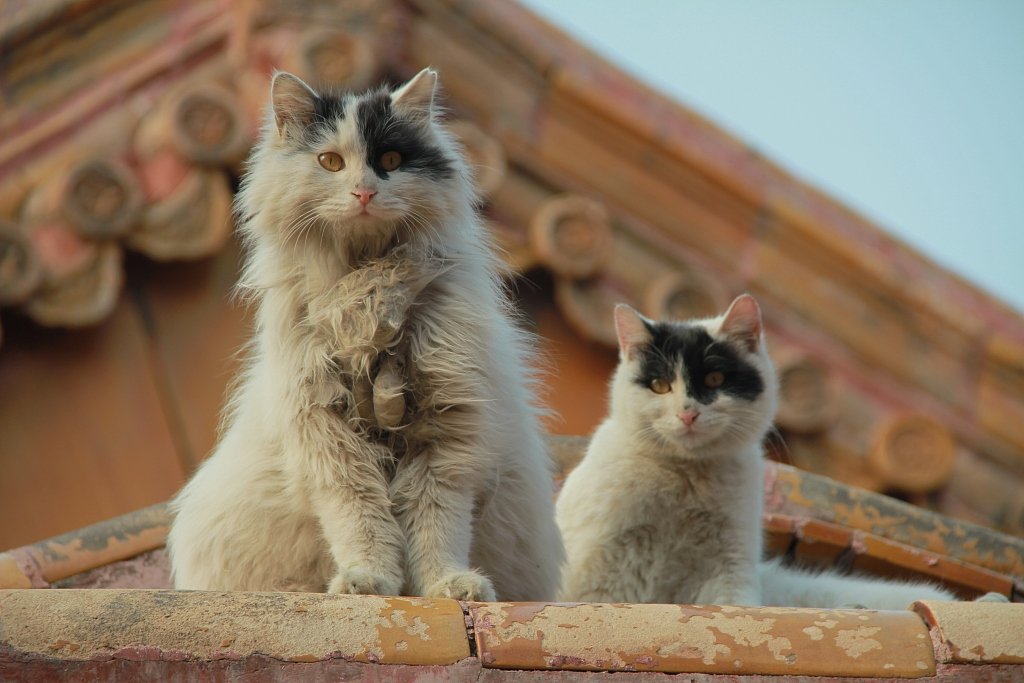
Cats in the Forbidden City.
Cats in the Forbidden City.
Cats have been long favored as pets since ancient time, protecting food and items from rodents. During the Ming Dynasty (1368-1644), the Forbidden City set up a special institution for the registration and management of cats living in the imperial palace. In Qing Dynasty (1644-1911), there was also a file to record the origin and names of cats living in the royal palace.
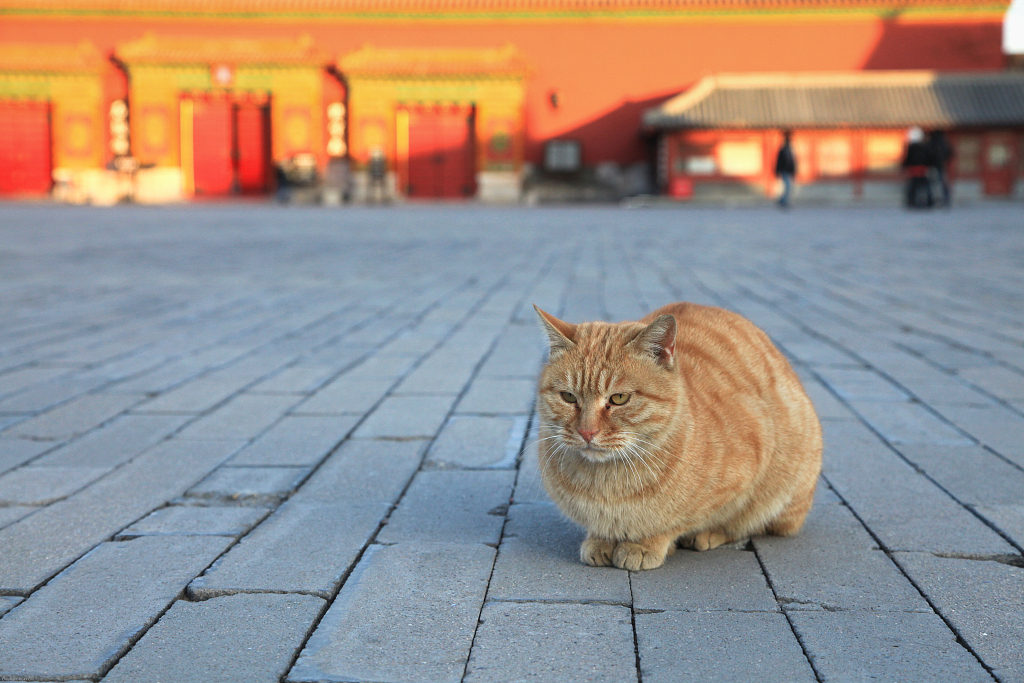
A cat in the Forbidden City.
A cat in the Forbidden City.
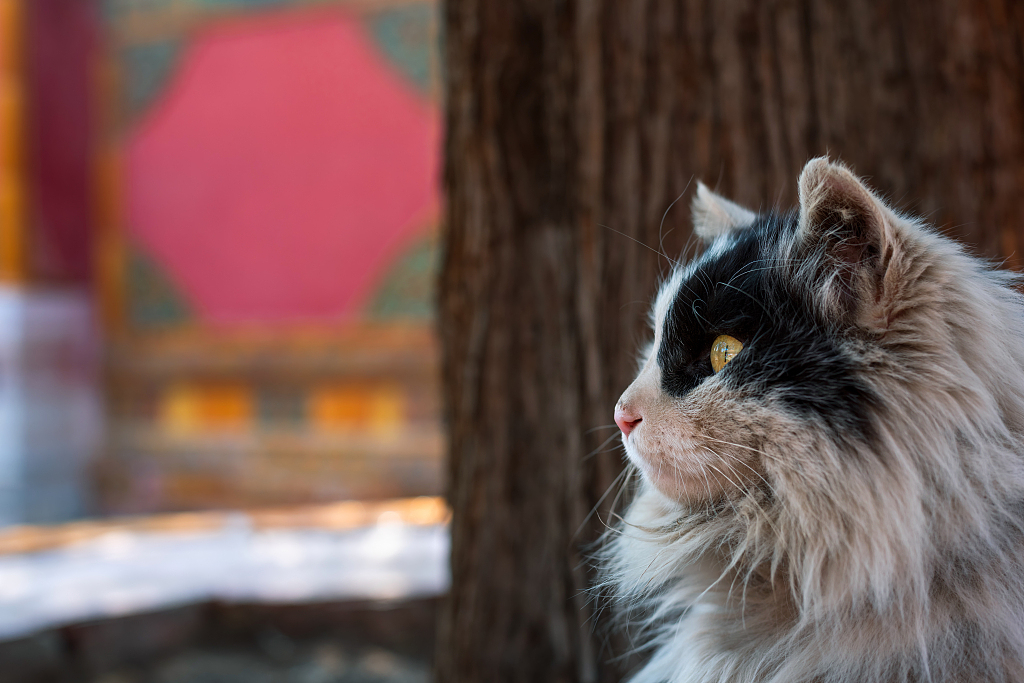
A cat in the Forbidden City.
A cat in the Forbidden City.
Today, you can still see the descendants of those imperial cats wandering in the Forbidden City. They are being taken care of by museum staff and have became a symbol of the museum.
Crows
Besides cats, the Forbidden City is also a haven for many crows. The crow is the spirit animal of choice in Shamanism, which was the dominant religion in Qing Dynasty. According to legends, crows helped the emperors of Qing Dynasty, including Nurhachi and Huang Taiji, when they were escaping. In order to thank them, the emperors forbade the killing of the bird in the palace and provided food for them to forage.
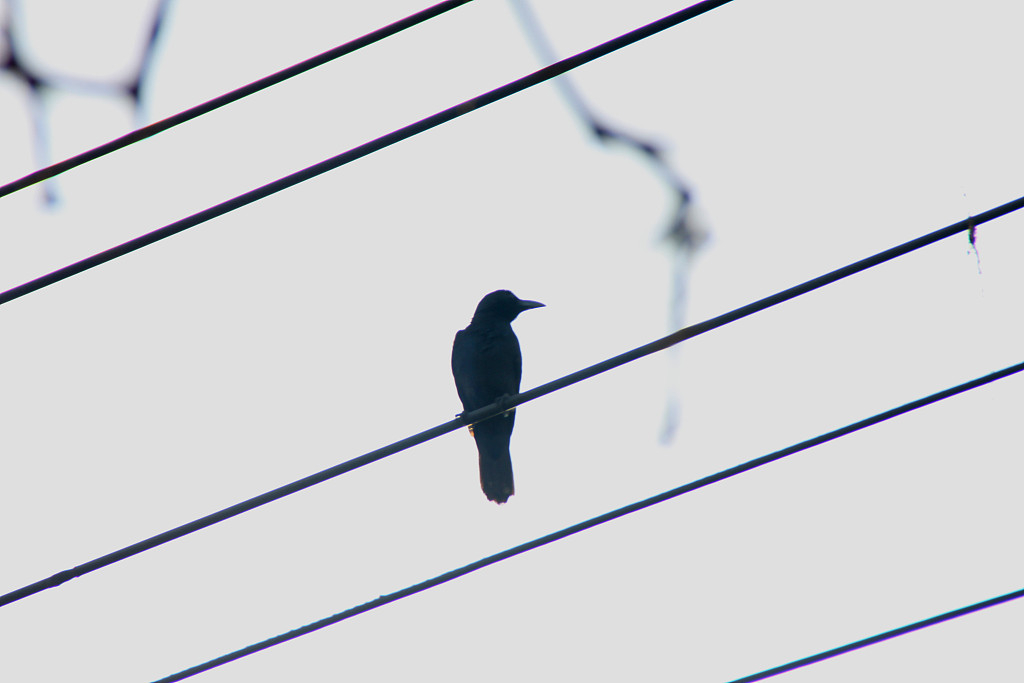
The crow is the spirit animal of choice in Shamanism.
The crow is the spirit animal of choice in Shamanism.
But the Qing Dynasty ended a long time ago. Why are there still so many crows in the Forbidden City? According to studies, the phenomenon is related to Urban Heat Island Effect, which means the temperature of the city center is higher than that of the suburbs. Hence the Forbidden City, which is located at the center of Beijing, provides favorable conditions for the crows to avoid the cold.
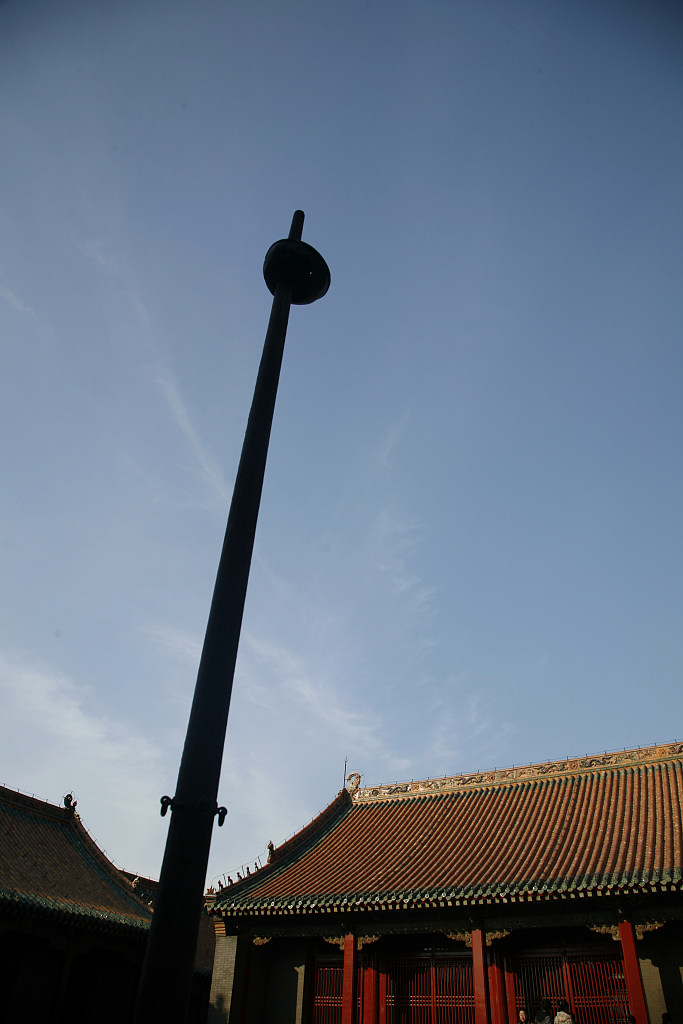
The pole standing in Shenyang Imperial Palace, the other existing royal palace in China outside of the Forbidden City, was used to feed crows.
The pole standing in Shenyang Imperial Palace, the other existing royal palace in China outside of the Forbidden City, was used to feed crows.

A crow is standing on the roof of a building in the Forbidden City.
A crow is standing on the roof of a building in the Forbidden City.
Apart from the permanent residents mentioned above, the Forbidden City also used to have a deer garden. The deer is a symbol of longevity in China and is also endowed with auspicious meaning by people.
So the next time you visit the Forbidden City, you can also pay attention to these animals who add vitality to the ancient palace.
(If you want to contribute and have specific expertise, please contact us at nature@cgtn.com.)